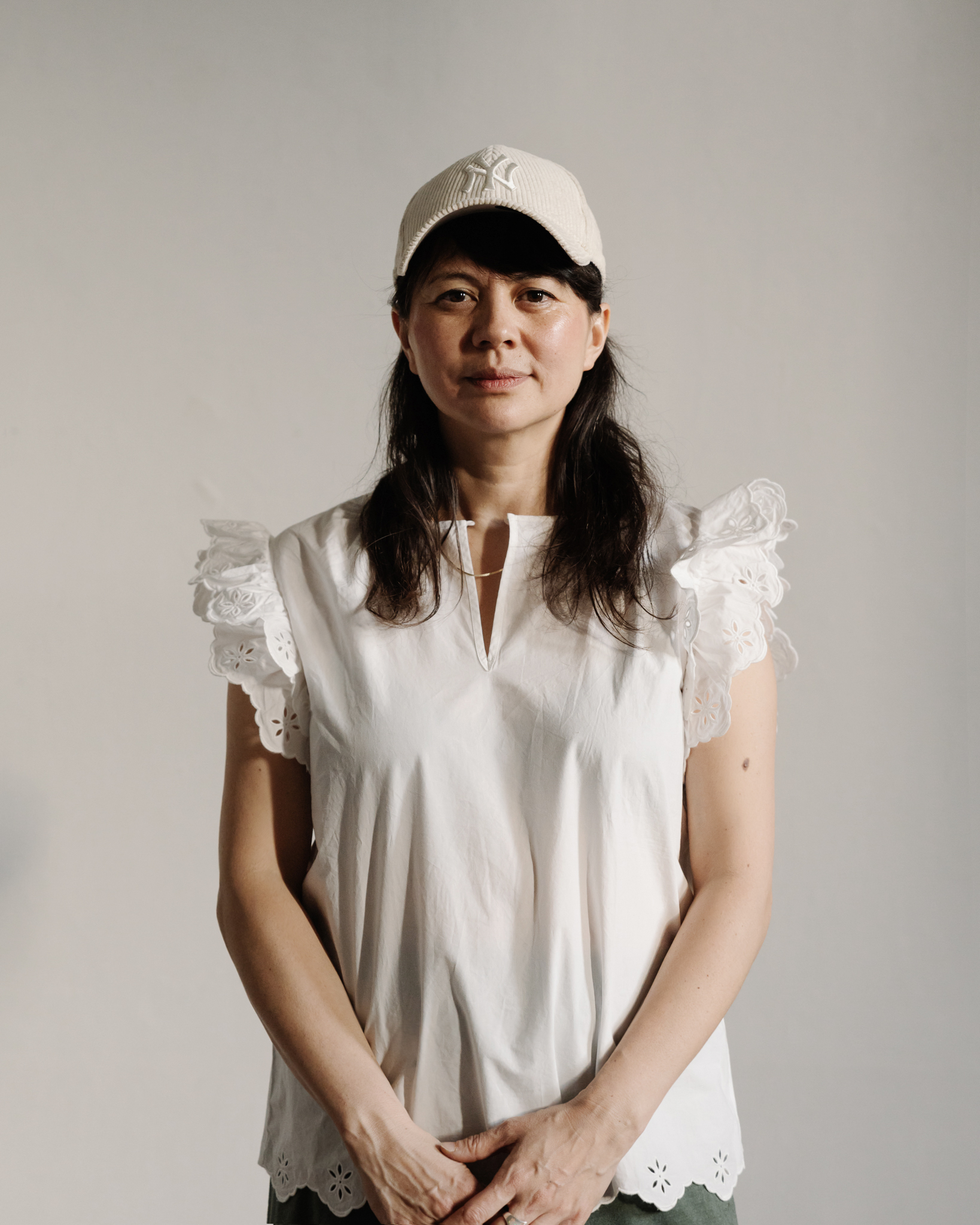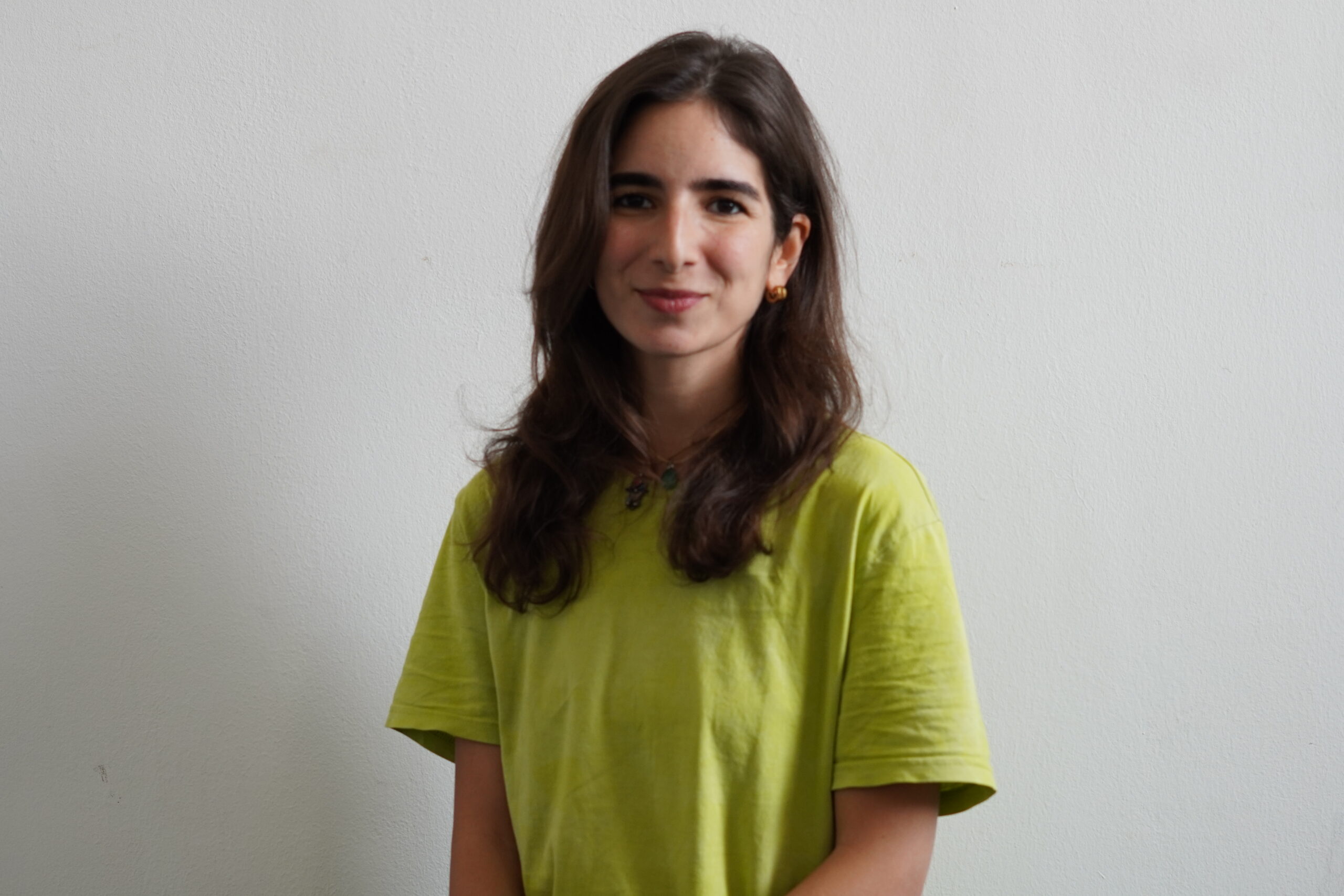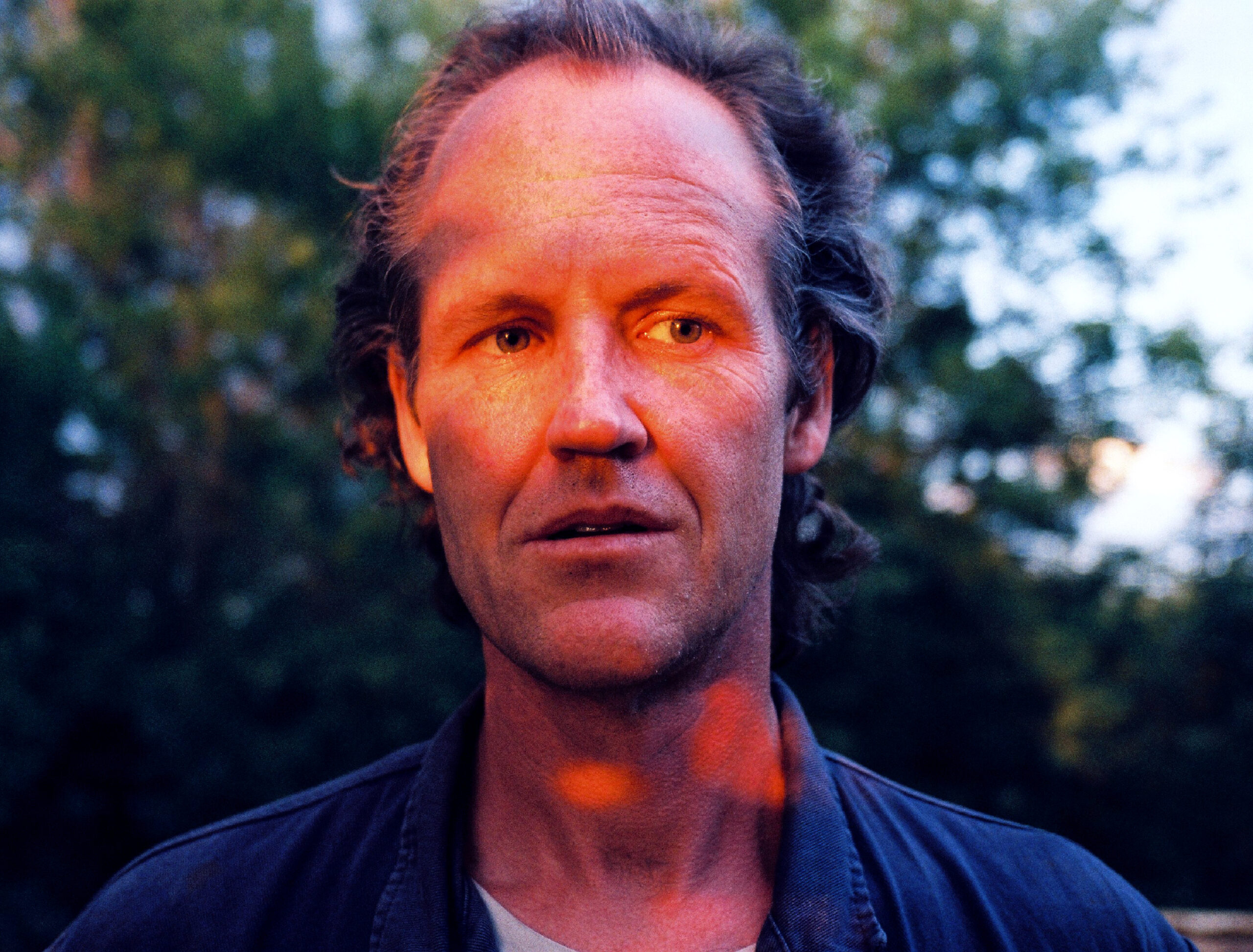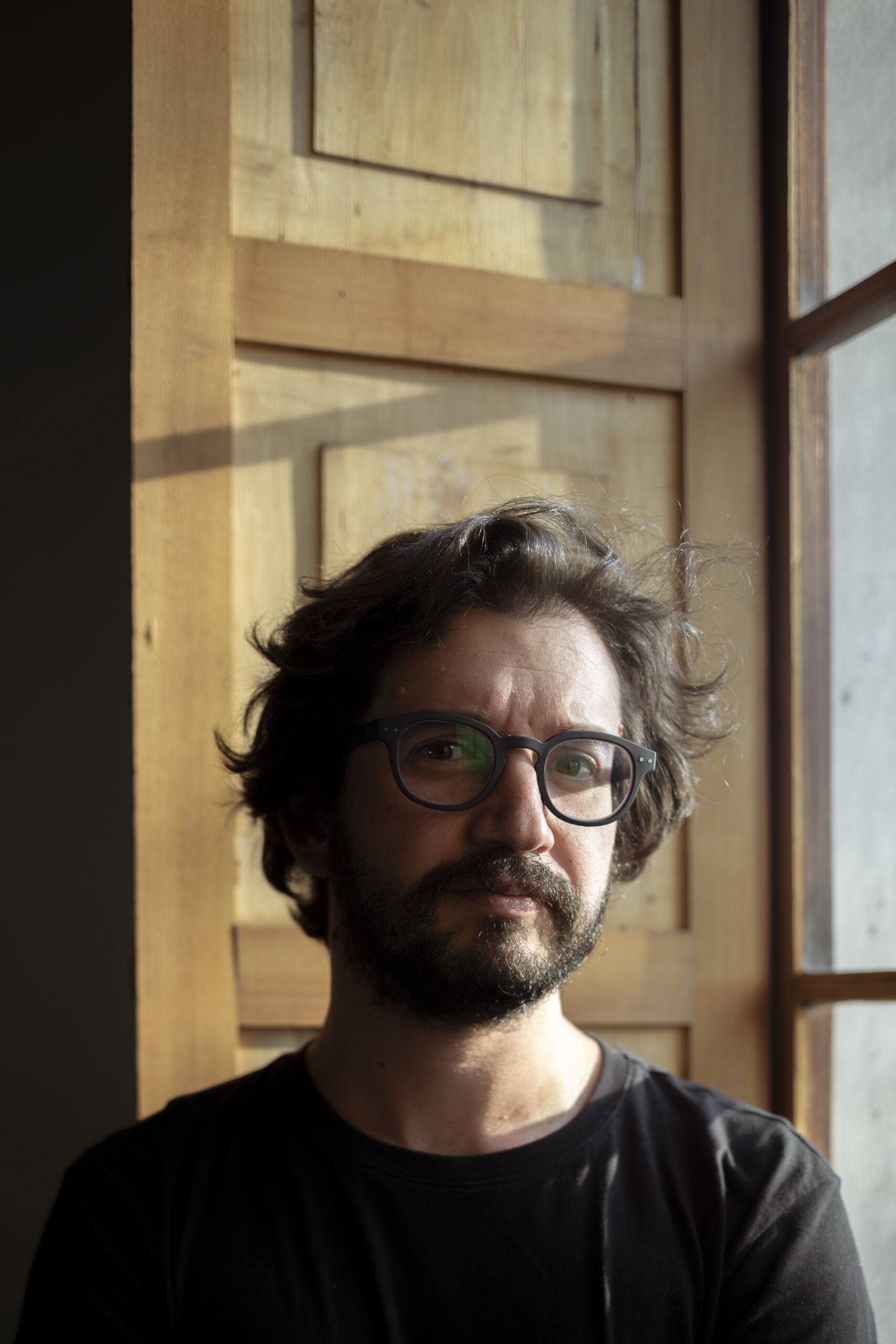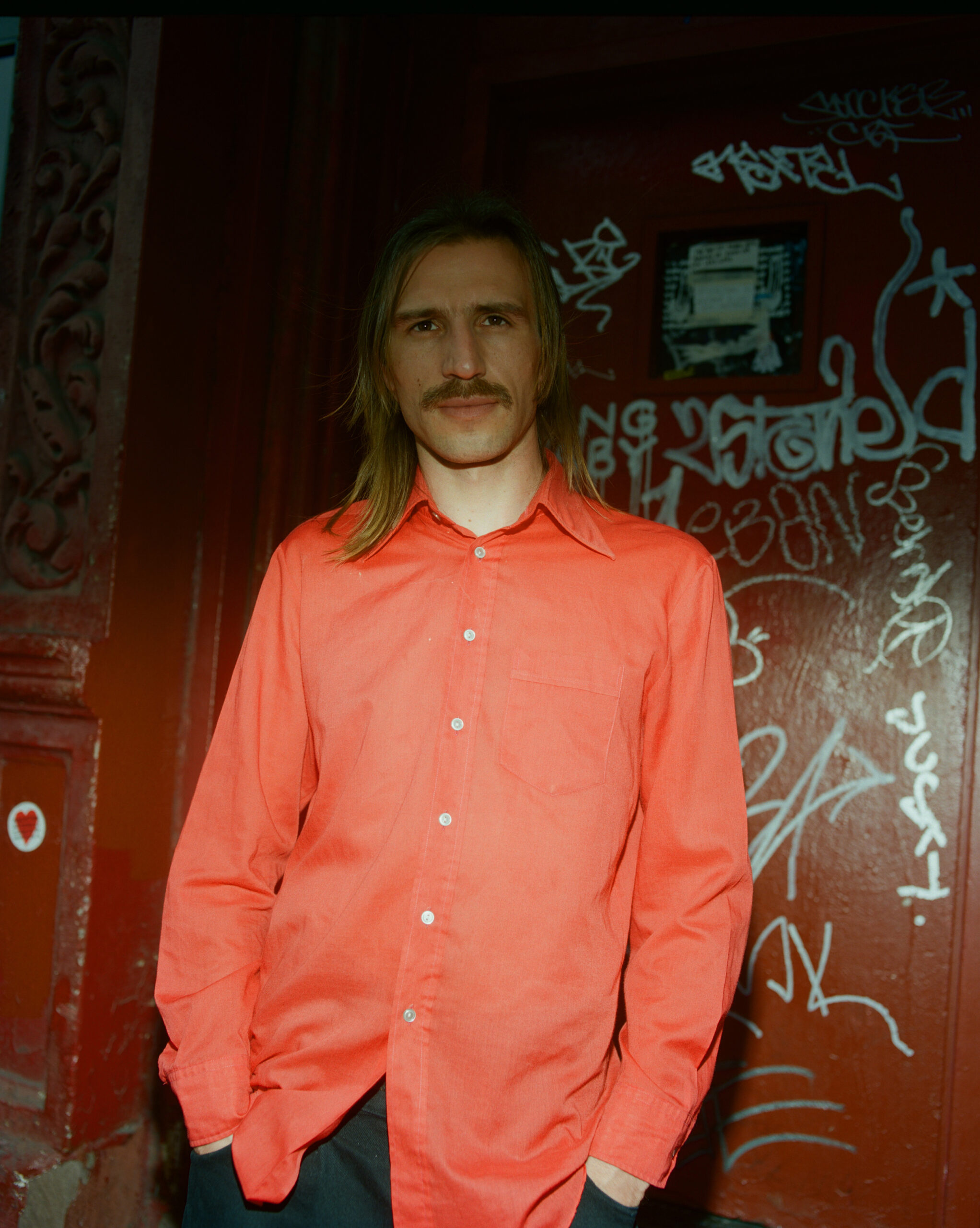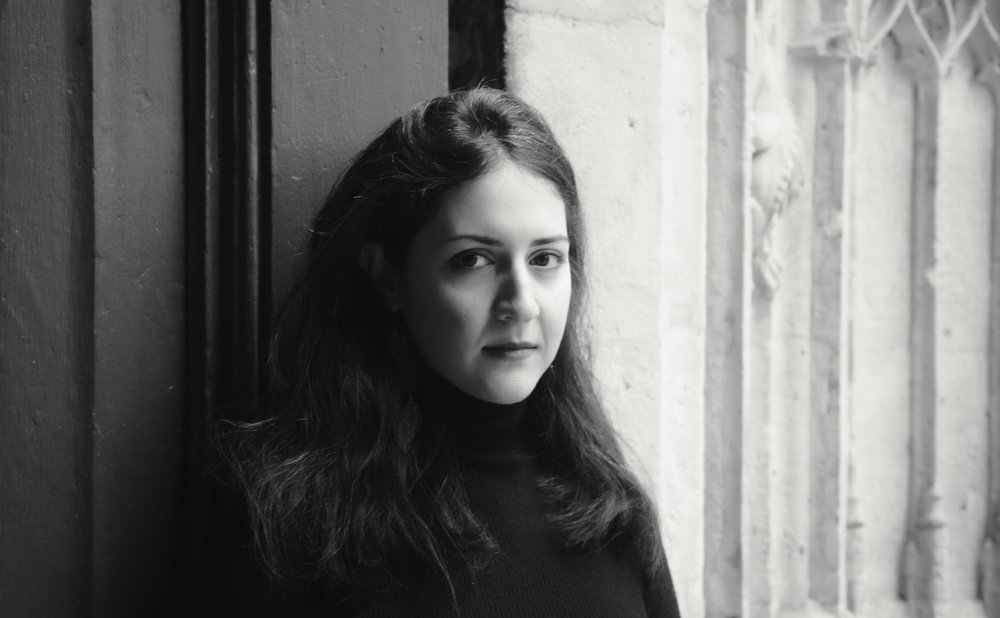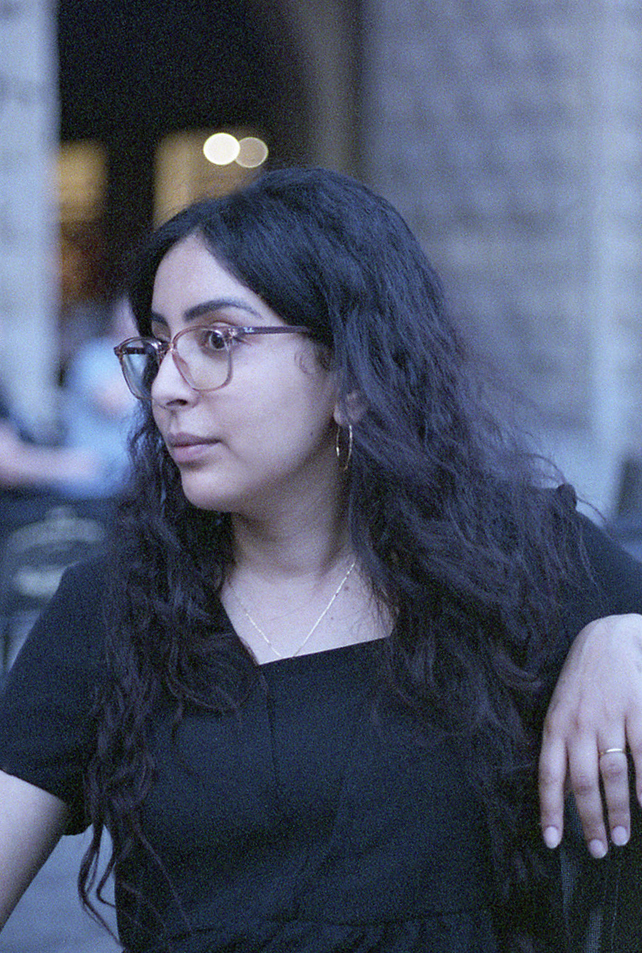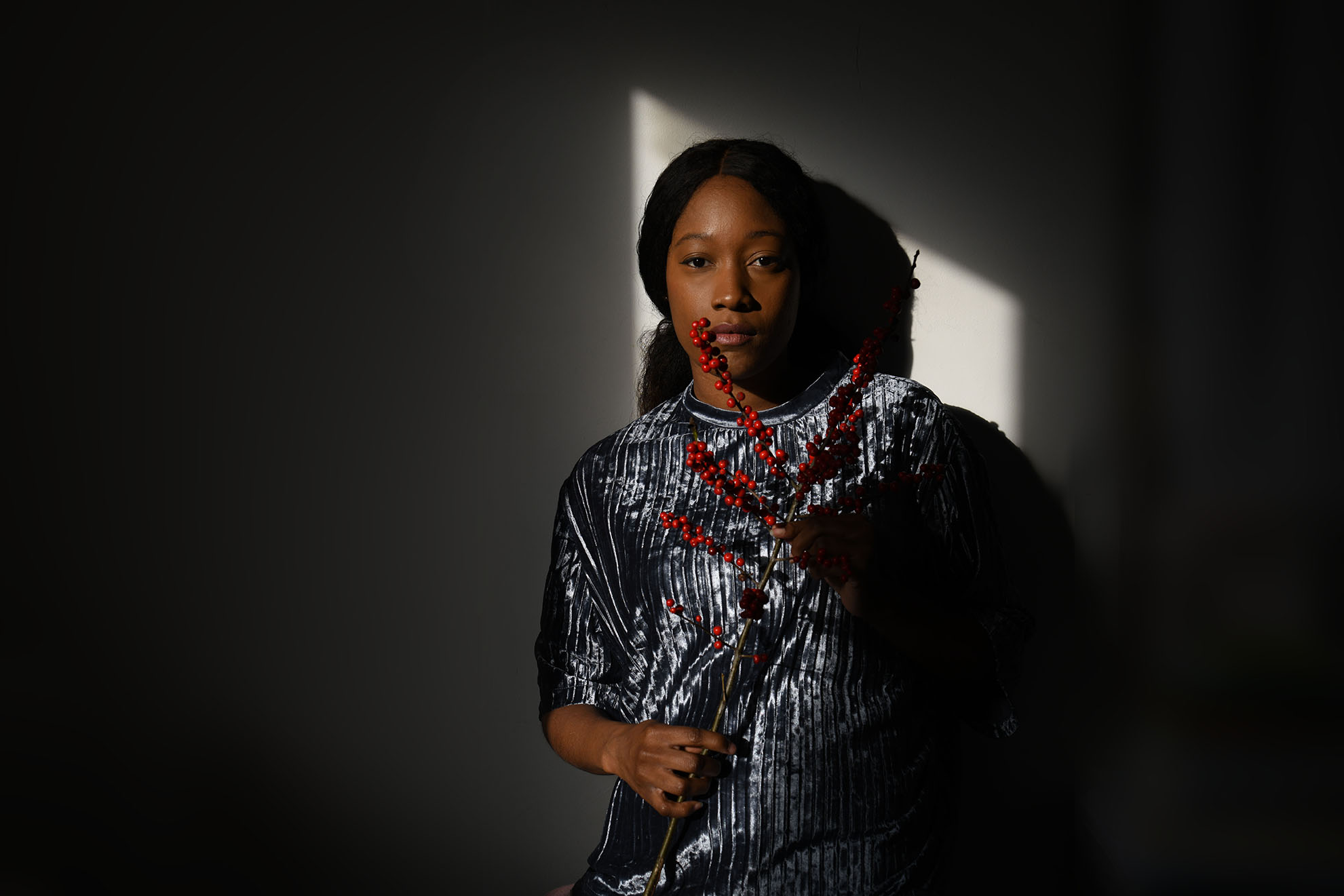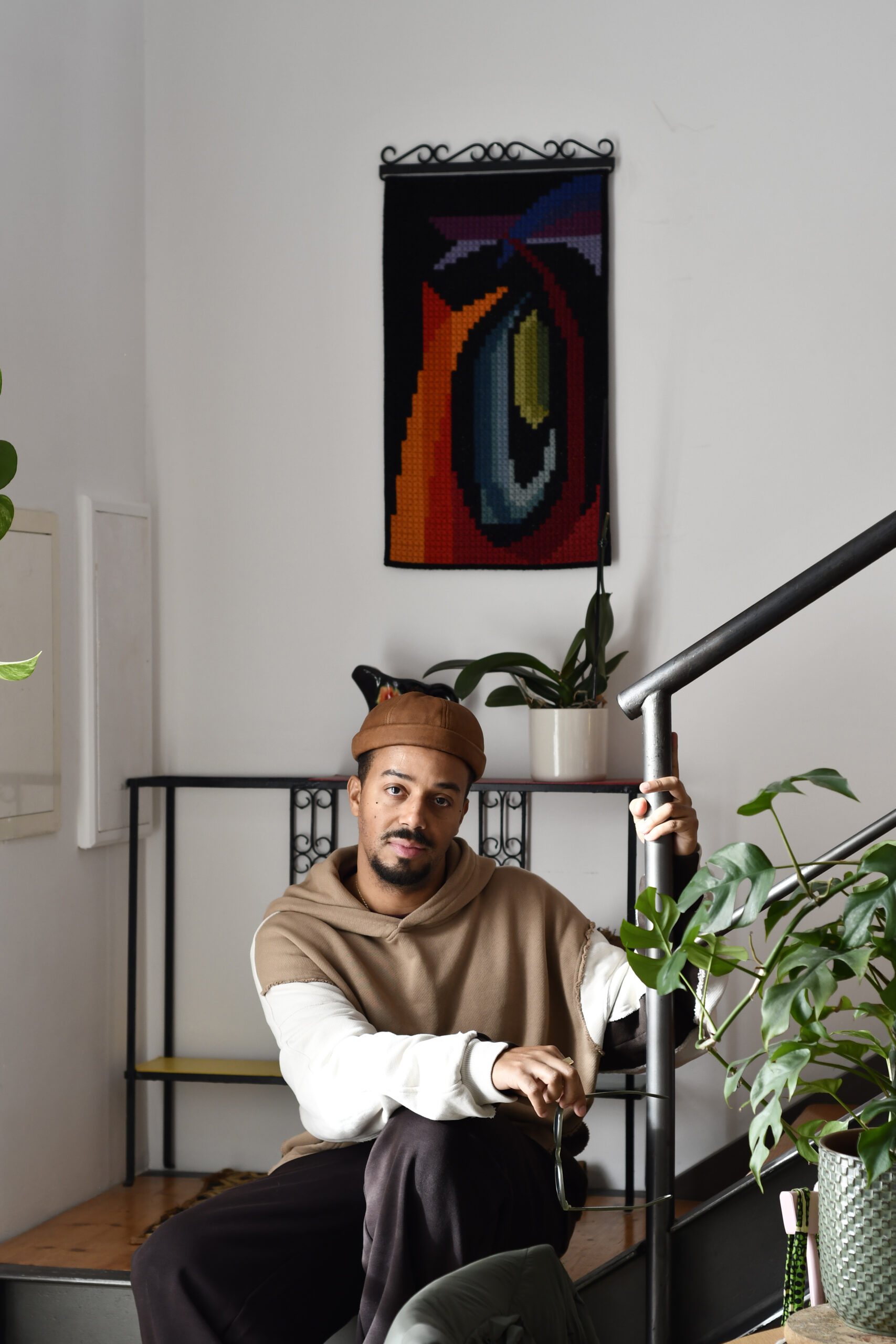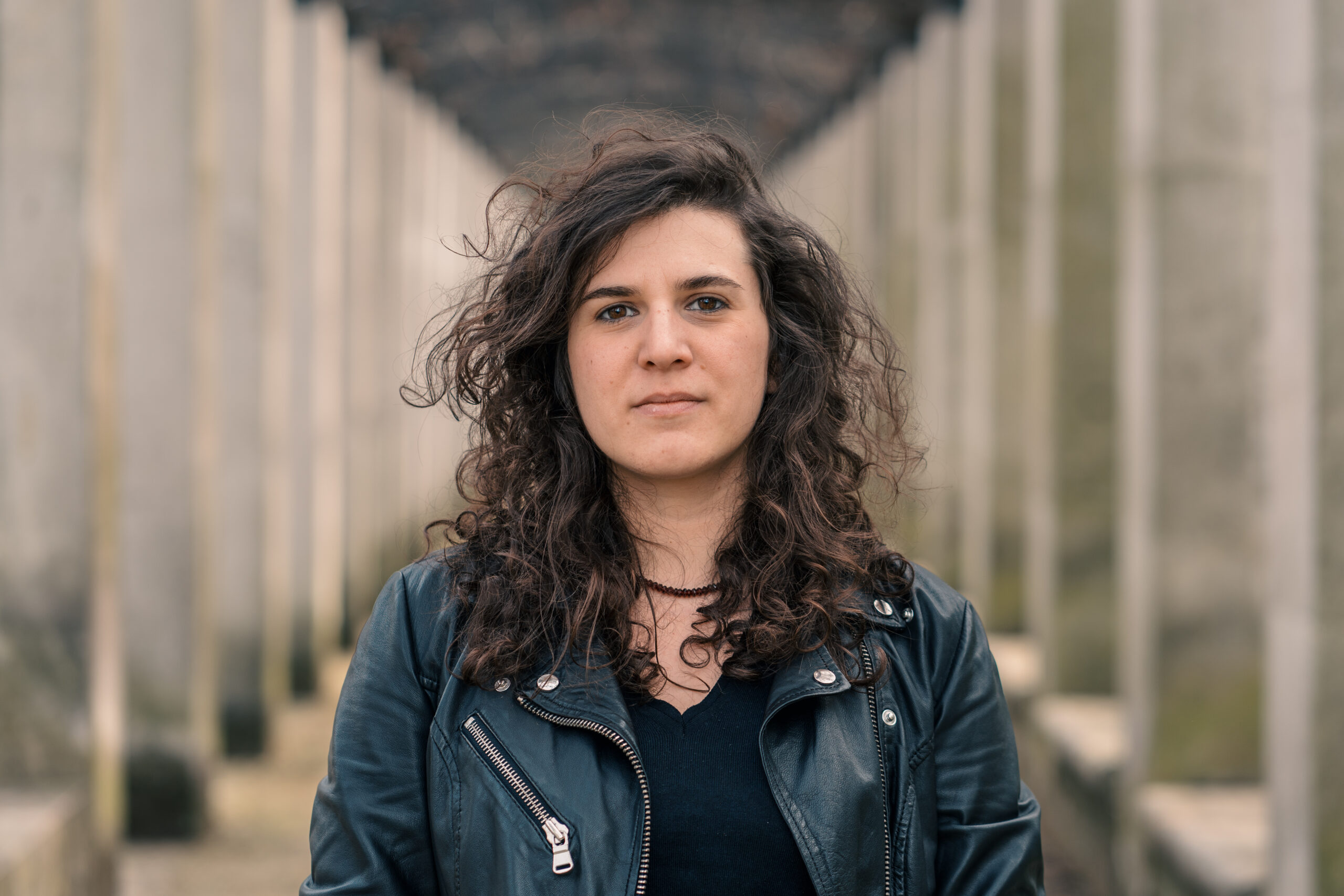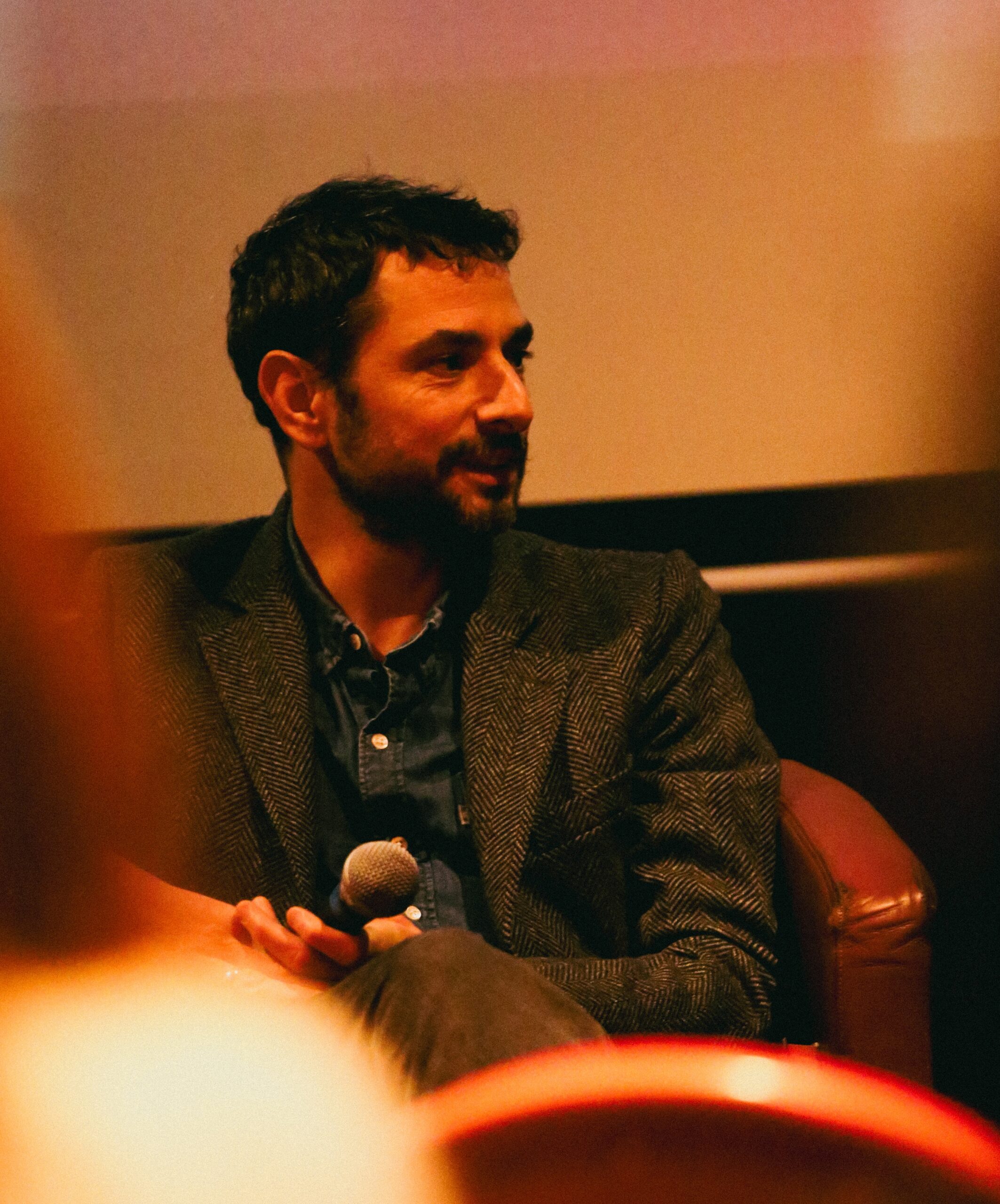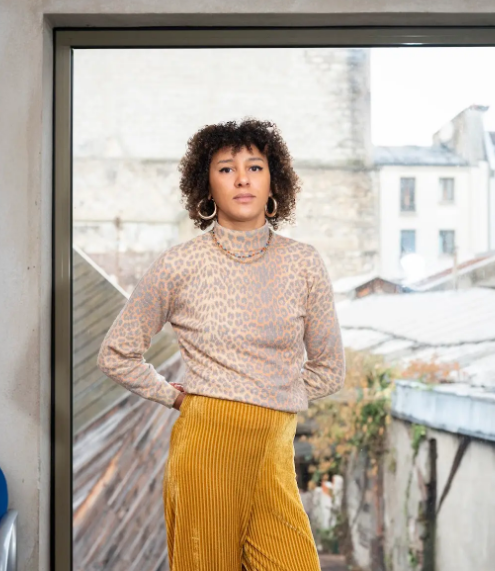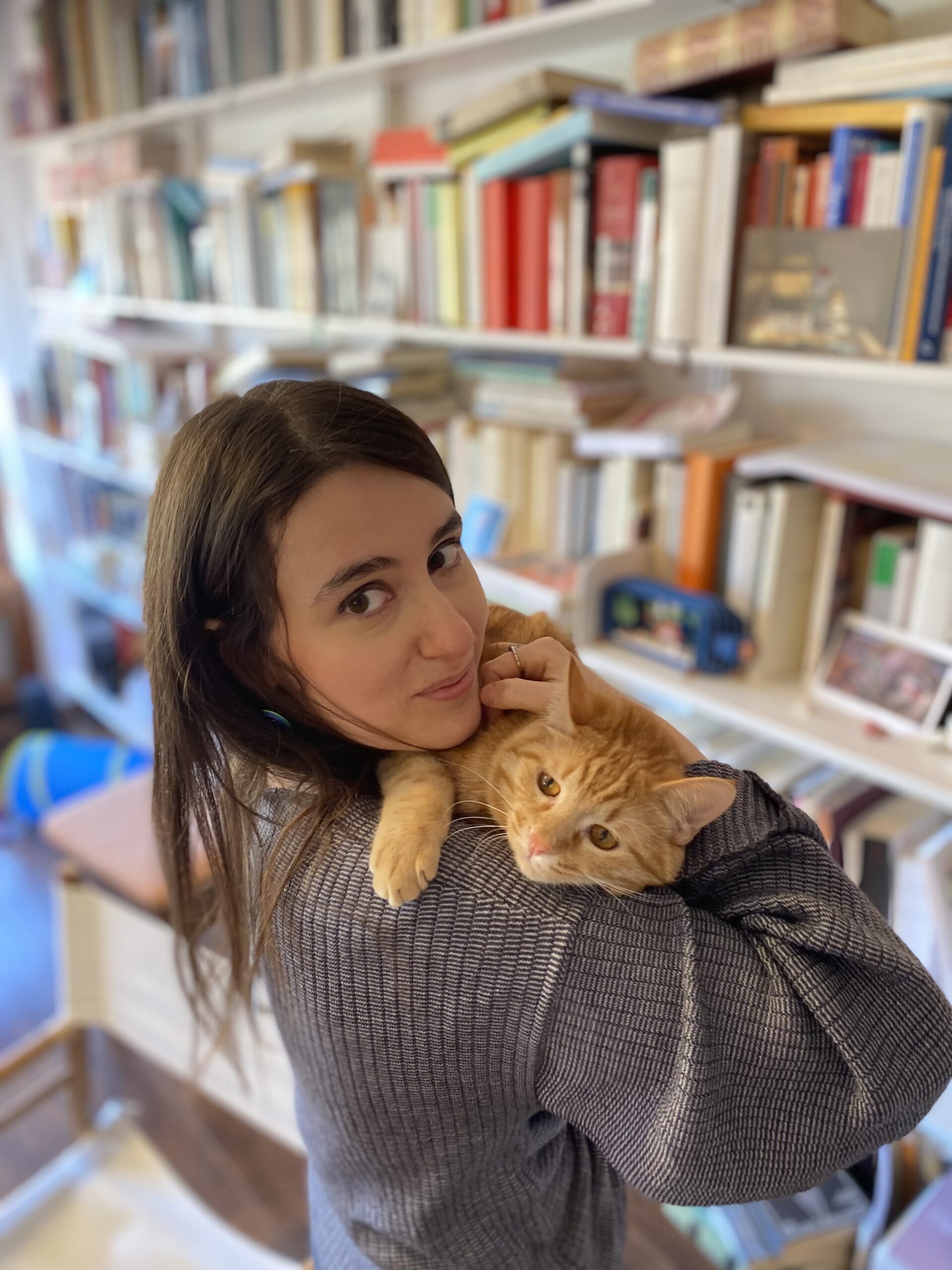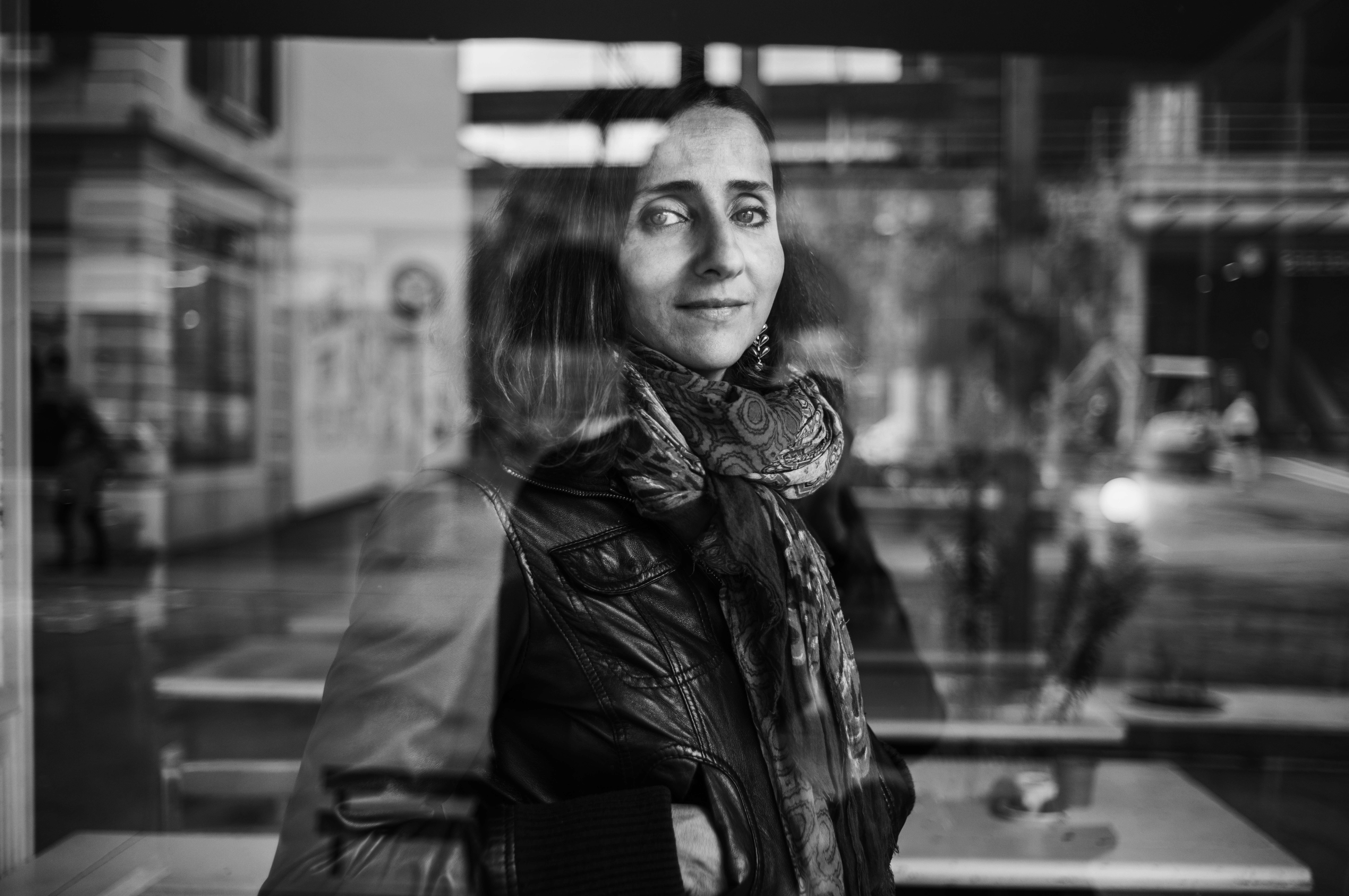Search
Agnès Geoffray

Fellow
2010 - 2011
Photography
Biography
Agnès Geoffray
Period: 2010-2011
Profession: Photographer
“All pain wants to be contemplated, or it is not felt at all.” Alain,
Propos sur le bonheur
”
Fear is born to life faster than anything else.” Leonardo da Vinci,
Carnets Agnès Geoffray is a graduate of the Beaux-Arts in Lyon and Paris. She was previously a resident at the Rijksakademie in Amsterdam. She has exhibited at CoCA in Torun (PL), Phoenix Halle in Dortmund (D), Garage in Mechelen (B), Stuk in Louvain (B), Magasin in Grenoble (F), Argos in Brussels (B), Musée d’Art Contemporain in Lyon (F). Her work will soon be presented at Rencontres d’Arles and at Witte de With in Rotterdam. Agnès Geoffray’s photographs are part of the public collections of the Fond National d’Art Contemporain. Two books on her work have been published by Editions de la Lettre Volée,
Ultieme Hallucinatie and
Profond silence. Agnès Geoffray’s universe draws on mythology, fairy tales, events and everything that provokes our oldest and most familiar fears. It’s a universe of latency, where the before and after are preferred to the act itself, delegating the vision of an invented horror. There is no exaggerated violence in his work. Violence is merely sketched in. The photographs and texts do something else: they haunt us. Judicial, journalistic and even medical photographs have shaped the nature of his work, hence his ongoing fascination with the notion of the photographic object, which allows him to navigate and play formally with all the trappings of photography. The work questions the idea of reminiscence. Those images that we assimilate in spite of ourselves, and which anchor themselves in our memory, summoning persistence and resistance. During her stay in Rome, she developed her work mainly around infamous painting. “With infamous painting, the judiciary in Northern Italy in the Middle Ages succeeded in associating penal sanctions with iconographic representation. While other practices testify to this relationship between representation and law, infamous painting remains an original technique for bringing crimes and criminals to the fore. The condemned man was depicted on city walls, exposed to the reproaches of the entire population, dishonored and excluded. The image, used in a specific context, became an effective punishment, and the artist, often in spite of himself, a kind of executioner.
